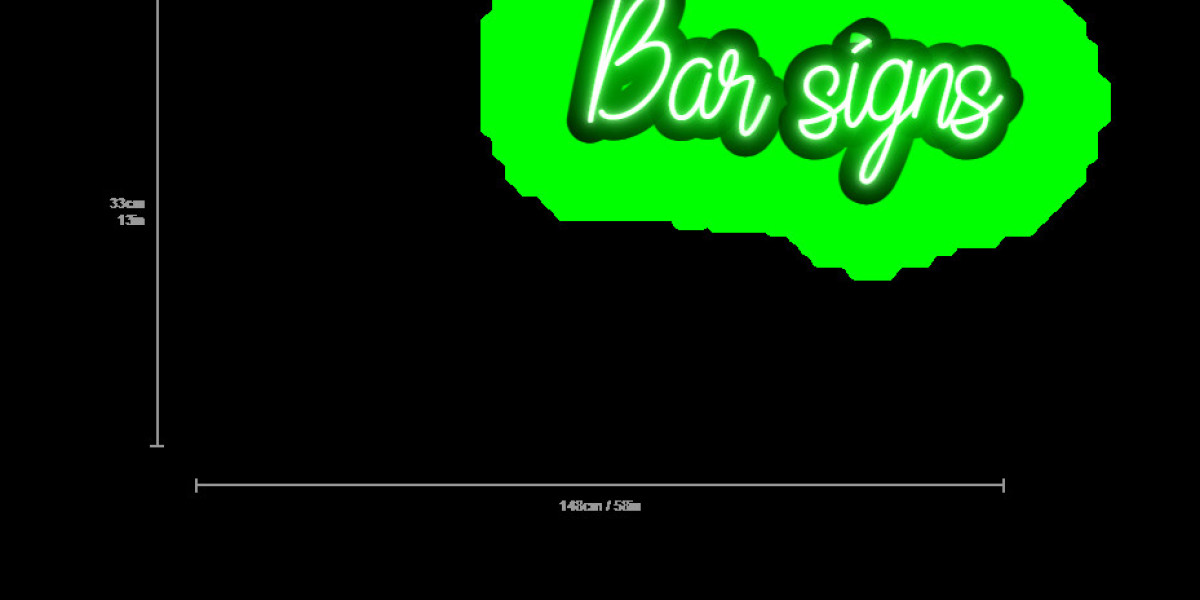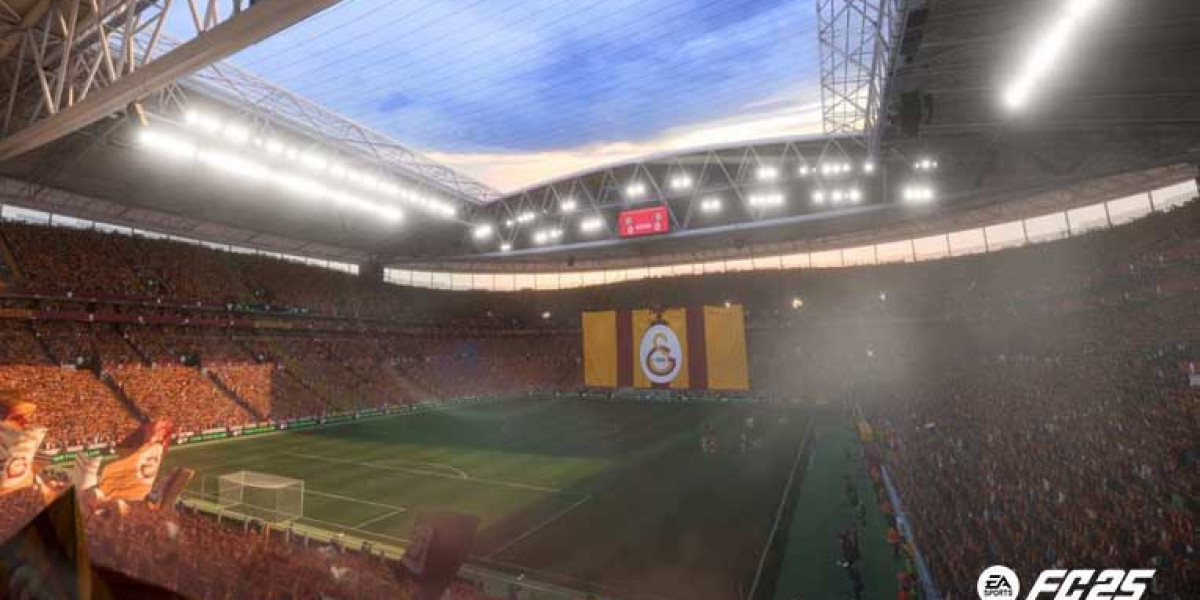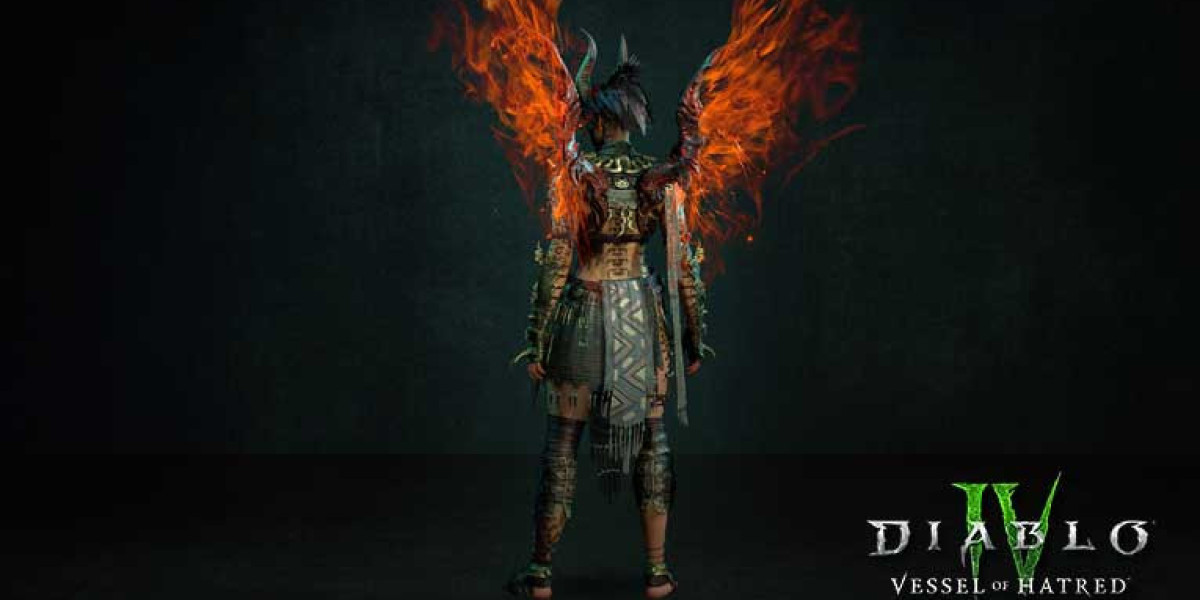Bar signs come in several common types, each serving a different function in the establishment, from advertising to decoration and even guiding customers. The most common types of bar signs include neon signs, chalkboards, wooden signs, LED signs, and metal signs. Each has its unique attributes and helps create a distinct atmosphere.
Neon Signs: Neon signs are one of the most iconic and widely recognized types of bar signage. They are vibrant, colorful, and often used to advertise drinks, promotions, or the bar’s name. Neon lights have a retro, nostalgic vibe, which is perfect for creating an energetic or lively environment. Neon signs are popular in dive bars, retro-themed bars, or cocktail lounges, where they can evoke a sense of excitement and playfulness. These signs are excellent at drawing attention from afar, especially at night, and they are often used to advertise signature cocktails or happy hour specials.
Chalkboards and Blackboards: Chalkboards are versatile, budget-friendly signs that allow bar owners to easily change their messages. These signs are commonly used to showcase daily specials, upcoming events, or the bar’s drink menu. The rustic, informal appearance of a chalkboard complements casual bars, coffee shops, and pubs with a cozy or laid-back atmosphere. Writing on chalkboards also allows for creativity, as bartenders or staff can draw illustrations or use fun fonts to highlight specific drinks or promotions. Chalkboards give a sense of personalized communication with patrons, often enhancing the feeling of being in a friendly, approachable space.
Wooden Signs: Wooden bar signs provide a warm, rustic charm, often evoking a sense of tradition or local craftsmanship. These types of signs are particularly popular in craft beer bars, country pubs, and mountain resorts. Wooden signs often feature engraved or hand-painted text and images, adding to the authentic, handmade aesthetic. They can be customized with the bar’s name, logo, or slogans, and their natural texture helps to create a welcoming, homey atmosphere. Many bars opt for wooden signs because they add character and can be displayed in various ways, including hanging on walls, above the bar, or even mounted on the exterior of the building.
LED Signs: In modern bars, LED signs have become increasingly popular due to their energy efficiency and versatility. They can be programmed to change colors, display different messages, or even flash in dynamic patterns to catch the eye. LED signs are often used to advertise happy hour, drink specials, or upcoming events. These signs can be designed to complement a modern, high-tech atmosphere, especially in trendy cocktail bars, nightclubs, or sports bars. Their brightness makes them perfect for drawing attention, and their customizable nature allows for creative designs that can match the bar's theme or vibe.
Metal Signs: Metal bar signs are another classic choice, often associated with a more industrial or vintage aesthetic. These signs can be found in a variety of bars, especially those with a rock ‘n’ roll or industrial theme. Metal signs are typically made from materials like aluminum, steel, or tin, and they are often embossed or painted with logos, brand names, or vintage advertisements. The durability of metal signs ensures they can withstand the test of time, and they often contribute to a gritty, edgy vibe in the bar.
In addition to these common types, bar signs also help enhance the atmosphere by creating visual cues that guide the customer experience. For example, directional signs point to restrooms or the bar area, while signs that advertise live music or karaoke nights create excitement and anticipation. The overall design, lighting, and placement of these signs work together to set the tone and style of the bar, whether it’s lively, laid-back, trendy, or vintage.
In conclusion, bar signs play an integral role in shaping the character and appeal of a bar. From the vibrant glow of neon to the rustic charm of wooden boards, these signs not only serve as functional tools but also enhance the overall atmosphere, making the experience more engaging for customers.








